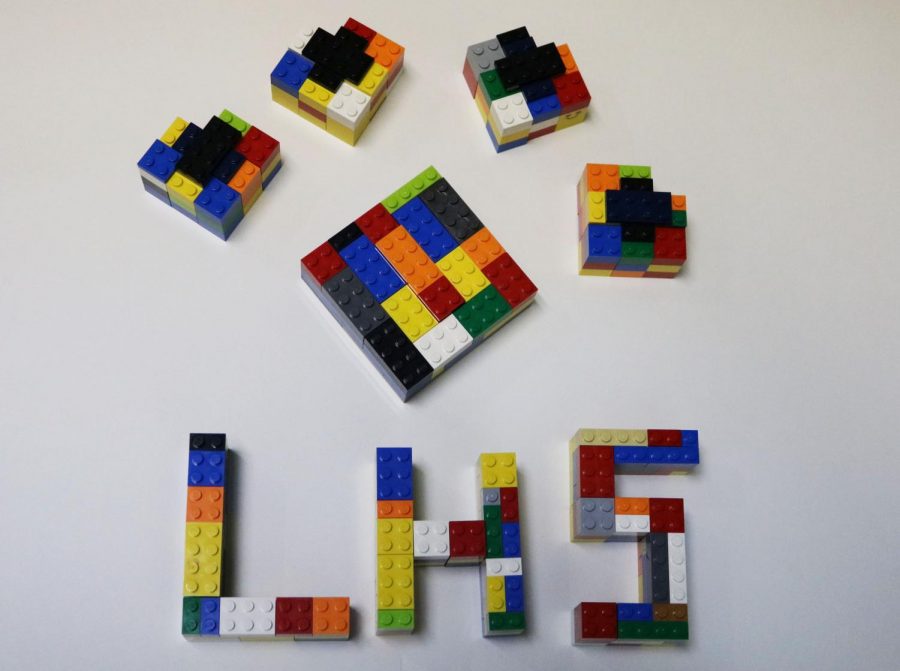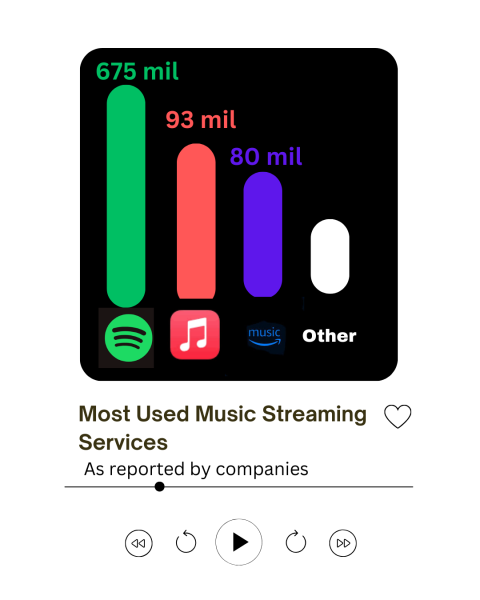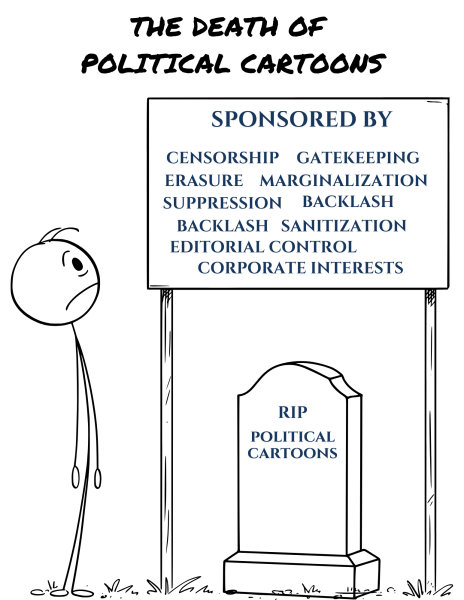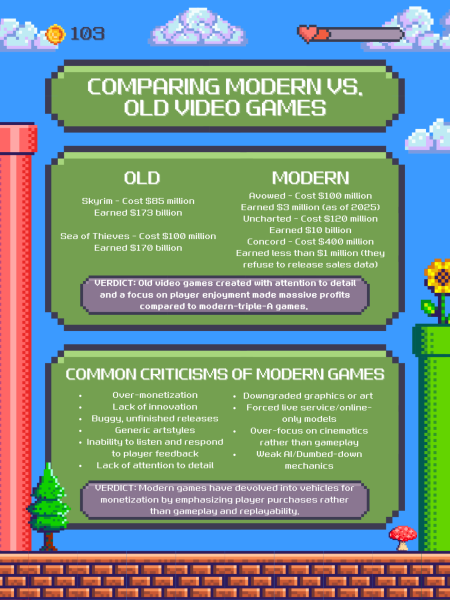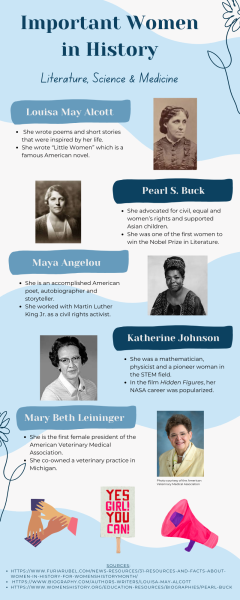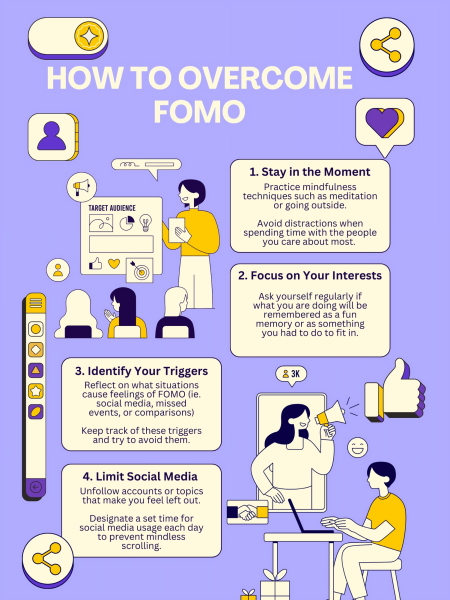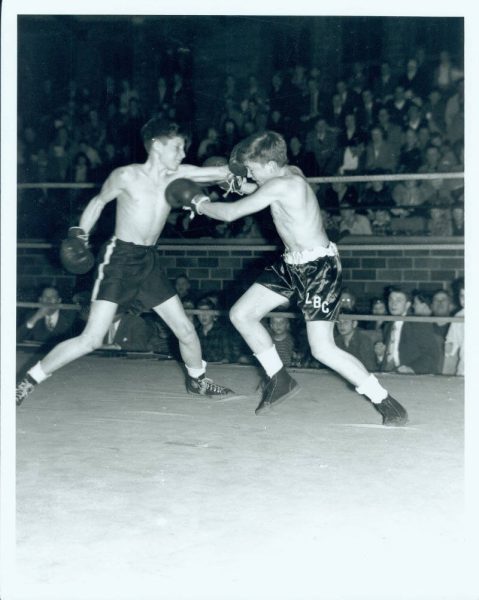Discussing diversity: It’s indispensable
Just like Legos are different shapes, sizes and colors, we at LHS come in all different shapes, sizes, colors and backgrounds. We are all unique and diverse, which is what helps LHS build a stronger and more accepting community.
It can be hard to understand diversity. Based on who we are and how we view the world from our own microscopic lenses, we simply cannot understand every perspective out there. As individuals, we come from all different backgrounds, and knowing every detail about every difference that is present among the human race is nearly impossible. However, the Drops of Ink staff feels that it is imperative to be open and willing to try to understand the variations that are present among all people.
We define these differences, this diversity, not only as differences present in race (as diversity is so commonly defined), but also as a variety of thoughts, perspectives, opinions, abilities, genders, sexualities and socioeconomic circumstances. Diversity is simply any distinction that is present within a group or situation.
These differences are the one commonality that every person shares, and if people are willing to have conversations about the differences among each other, so much can be gained. Simply hearing about other people’s experiences can help build a new perspective or understanding of an unfamiliar idea, religion or culture, for example. The more that we are exposed to diversity, the better. As we are exposed to it more, we are less likely to think that solely our perspectives are the “right ones.” For example, in a 2016 case study done by The Harvard Business Review, more ethnically diverse work teams were found to be more successful when faced with having to make a decision, as those teams were able to recognize their own personal biases and be more objective.
Additionally, by being exposed to diversity, we are able to recognize that maybe what we thought was a “weird” tradition from one group is simply something that we didn’t understand before, and that other groups may view things that we do as “weird” as well. We are able to recognize that our customs and traditions are not the only ones that exist, nor are they the only ones that matter.
As a staff, we also feel that exposure to diversity, whether it is through a simple conversation or by visiting a new place, helps to break stereotypes. If people were to live in the same area, surrounded by the same people with the same ideas for their entire lives, they would be limited to that one viewpoint. Without being exposed to different cultures and ideas and ethnicities and opinions, they would only understand diversity from one scope, which is what allows stereotypes to exist. On the DOI staff, various members shared stereotypes that they had prior to being exposed to diversity at different points in their lives and how they came to realize that these stereotypes were a result of their ignorance or perceptions. Some of these stereotypes included prejudice against cities that staffers had never visited and the fear that some staffers felt when walking past a group of African-American men.
By admitting some of our own prior stereotypes, we were able to have a genuine discussion and came to the conclusion that the only thing we should ever be uncomfortable with in relation to diversity is the fact that people are uncomfortable with diversity. The second that diversity becomes uncomfortable, we belittle the perspectives that it could provide us with and allow stereotypes, such as those listed above, to prevail.
While Libertyville may not seem to be the most diverse place in a traditional sense, the DOI staff sees Libertyville High School as a place where diversity is handled well, valued and talked about. At LHS, there are various clubs and organizations, some of which are featured in this issue, that exist because of diversity. We see these clubs and organizations, and the conversations they spark, as an integral part of the educational experience here and only want to see these conversations grow both in and out of the classroom. With this being said, we also want these conversations to benefit everyone involved, not just to target certain individuals in class because they are somehow “diverse.”
Understanding diversity is like playing with a box of Legos; one Lego, by itself, is useless. However, when different Legos, composed of different shapes, different colors, different widths and different heights are put together, they are able to make something of substance.



